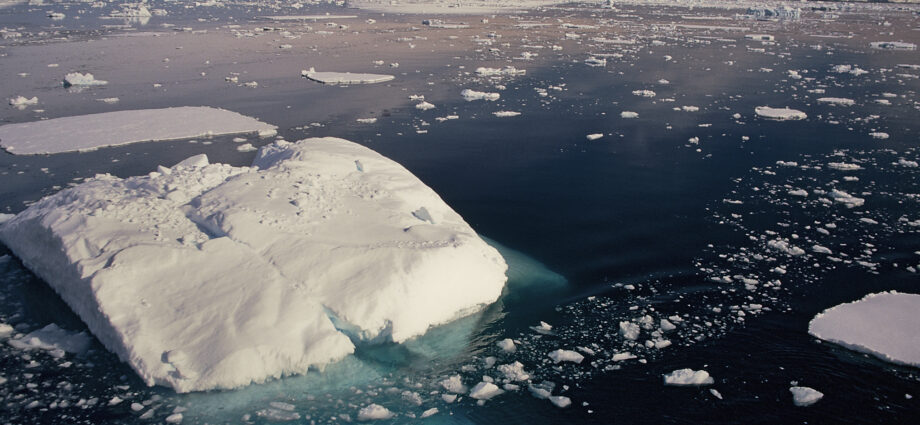
Antarctica’s sea-ice shrank to the smallest area on record in February 2023, and over the region’s winter, there have been additional record-breaking low levels, continuing a decade-long decline. The unprecedented drop in sea-ice threatens Antarctica’s stability and has already had a devastating impact on the region’s wildlife, such as mass deaths of penguin chicks
by WWF
October 7, 2023
WWF is calling on the Commission for the Conservation of Antarctic Marine Living Resources (CCAMLR) to prioritise the conservation of Antarctic wildlife and designate three new marine protected areas (MPAs) as sea-ice has declined to record lows, causing mass deaths of vulnerable species and potentially signalling Antarctica’s shift to an unstable state.
The 27-member body will meet next week (October 16-27) in Hobart, Australia to discuss the unprecedented drop in sea-ice and Antarctica’s stability, and after over a decade of deliberations, WWF hopes members will come to a decision on what can be done around Antarctica’s changing environment by establishing MPAs in the Antarctic Peninsula, Weddell Sea and East Antarctica.
“The sudden decline in sea-ice will have serious consequences both globally and locally for wildlife,” said Emily Grilly, WWF Antarctic Conservation Manager. “We are already seeing effects of a rapidly changing environment on emperor penguins, Antarctic krill, humpback whales and many other vulnerable species.”
Sea-ice in Antarctica shrank to the smallest area on record in February 2023, beating the previous record-low set in 2022. From June to August this year, during Antarctica’s winter when sea-ice cover grows, there have been additional record-breaking low levels, continuing a decade-long decline.
“MPAs would limit human activity, particularly fishing, in the critical habitats these species need to recover and develop resilience to a changing environment. We can’t stop all the effects of climate change in the short term, but we can take the pressure off in other ways,” added Grilly.
The three MPAs, if established, would safeguard nearly 4 million square kilometres of Antarctica’s ocean. That is roughly the size of the EU and represents 1% of the global ocean. Together this would secure the largest act of ocean protection in history.
Solid ice habitats are required by endemic species like the emperor penguins to breed and raise their young. In late 2022, early ice breakup caused the emperor penguin colonies in the Bellingshausen Sea to experience total breeding collapse when an estimated 9,000 chicks died before they could grow adult waterproof feathers and learn to swim. Current projections indicate that emperor penguins may be extinct by 2100.
Antarctic krill, small crustaceans that rely on sea-ice habitats, and serve as the foundation of the Antarctic food web, have also been affected. There are reported declines of krill around the Antarctic Peninsula, which is also home to a large-scale industrial krill fishery. In some regions, krill populations are projected to decline by 40% by the end of the century.
Further evidence around the Antarctic Peninsula indicates that chinstrap penguins have declined by 30%; Adelie penguin populations are projected to decline by 30% by 2060; and humpback whales are experiencing reduced pregnancy rates in years following low krill availability.
“The evidence of a rapidly changing environment and the impacts on iconic wildlife is irrefutable. CCAMLR has been deliberating over these proposed MPAs for over a decade. Leaders must prioritise conservation in this sensitive region and honour their commitment to establish a network of MPAs around the continent. We cannot wait any longer,” said Grilly.
— —
This article is published here as part of an editorial collaboration with WWF.
Subscribe to our newsletter.
This article was originally published on IMPAKTER. Read the original article.

